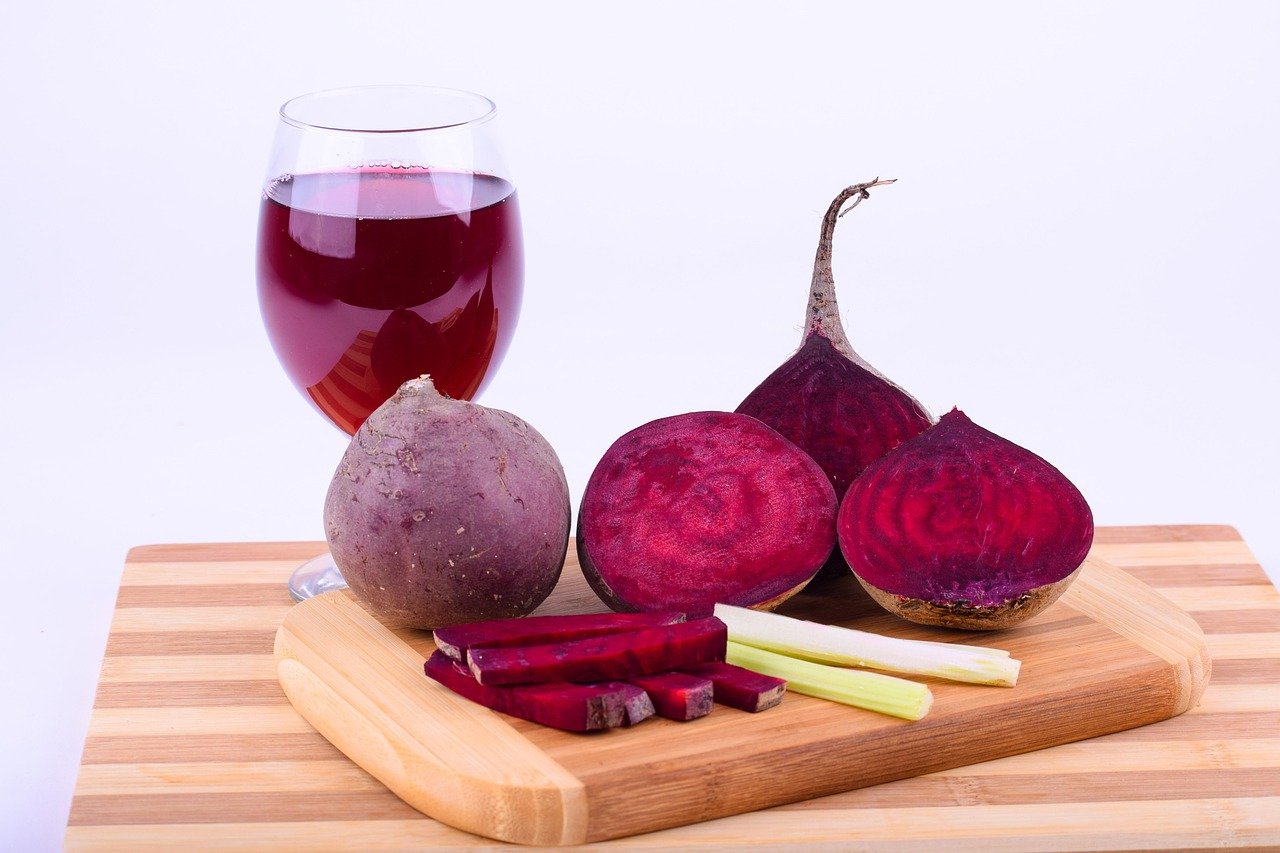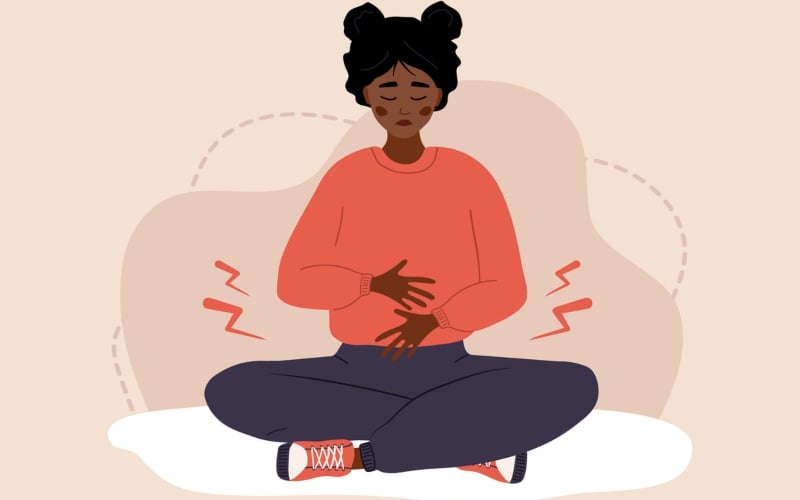 Author: Morgan ChamberlainApril 1, 2023
Author: Morgan ChamberlainApril 1, 2023 mbg Supplement EditorBy Morgan Chamberlainmbg Supplement EditorMorgan Chamberlain is a supplement editor at mindbodygreen. She graduated from Syracuse University with a Bachelor of Science degree in magazine journalism and a minor in nutrition.Image by adamkaz / iStockApril 1, 2023
mbg Supplement EditorBy Morgan Chamberlainmbg Supplement EditorMorgan Chamberlain is a supplement editor at mindbodygreen. She graduated from Syracuse University with a Bachelor of Science degree in magazine journalism and a minor in nutrition.Image by adamkaz / iStockApril 1, 2023Cardiovascular disease (i.e., heart and blood vessel disease—including coronary heart disease, aka CHD) accounts for 33% of all deaths1 in the United States. Diet has been shown to help protect against heart disease, but one carbohydrate is particularly helpful when it comes to cardiovascular disease (CVD) prevention: Fiber.
Advertisement
This ad is displayed using third party content and we do not control its accessibility features.How fiber impacts cardiovascular disease risk
According to a systematic review from The BMJ, high fiber consumers have a 20% lower risk2 of developing CVD compared to low fiber consumers.
organic fiber potency+
Advanced fiber sources to promote satiety and regularity*
★ ★ ★ ★ ★★ ★ ★ ★ ★(26)
Shop now Shop now
Shop nowMore specifically, a significantly reduced risk of 9% was seen for both CVD and CHD per seven grams of daily fiber consumed. According to the National Academies, women need at least 25 grams of fiber per day while men need at least 38 grams.
That means that simply by getting adequate amounts of fiber each day, women can lower their risk of CVD and CHD by 32% and men can lower their risk by 49%.
The problem is that 95% of Americans3 are failing to consume enough fiber each day. This serious nutrient gap could be playing a much larger role in the prevalence of cardiovascular disease in the U.S. than we realize.
Advertisement
This ad is displayed using third party content and we do not control its accessibility features.How to get more fiber
There are two main ways to get more fiber:
- Food: Make sure that one or two high-fiber foods are added to each of your daily meals. Whole grains, legumes, nuts, seeds, and many fruits and vegetables are high in dietary fiber.
- Supplements: Many high-potency fiber supplements contain 5-6 grams of fiber. Most commonly found in powder form, fiber supplements can easily be added to smoothies, coffee, and tea to help you reach your recommended daily fiber intake. For mindbodygreen’s favorite options, check out our roundup of the best fiber supplements.
Advertisement
This ad is displayed using third party content and we do not control its accessibility features.Reaching your daily fiber goals can be challenging, but don’t worry—with the help of fiber-rich foods and premium supplements, you can reach your recommended daily intake with ease.
The takeaway
Upping your fiber intake can help reduce your risk of both cardiovascular disease and coronary heart disease. What's more, getting sufficient dietary fiber is critical for your gut health, bowel movements, and detoxification as well. (You can read more about fiber’s myriad health benefits here.)
 Morgan Chamberlainmbg Supplement Editor
Morgan Chamberlainmbg Supplement EditorMorgan Chamberlain is a supplement editor at mindbodygreen. She graduated from Syracuse University with a Bachelor of Science degree in magazine journalism and a minor in nutrition. Chamberlain believes in taking small steps to improve your well-being—whether that means eating more plant-based foods, checking in with a therapist weekly, or spending quality time with your closest friends. When she isn’t typing away furiously at her keyboard, you can find her cooking in the kitchen, hanging outside, or doing a vinyasa flow.











